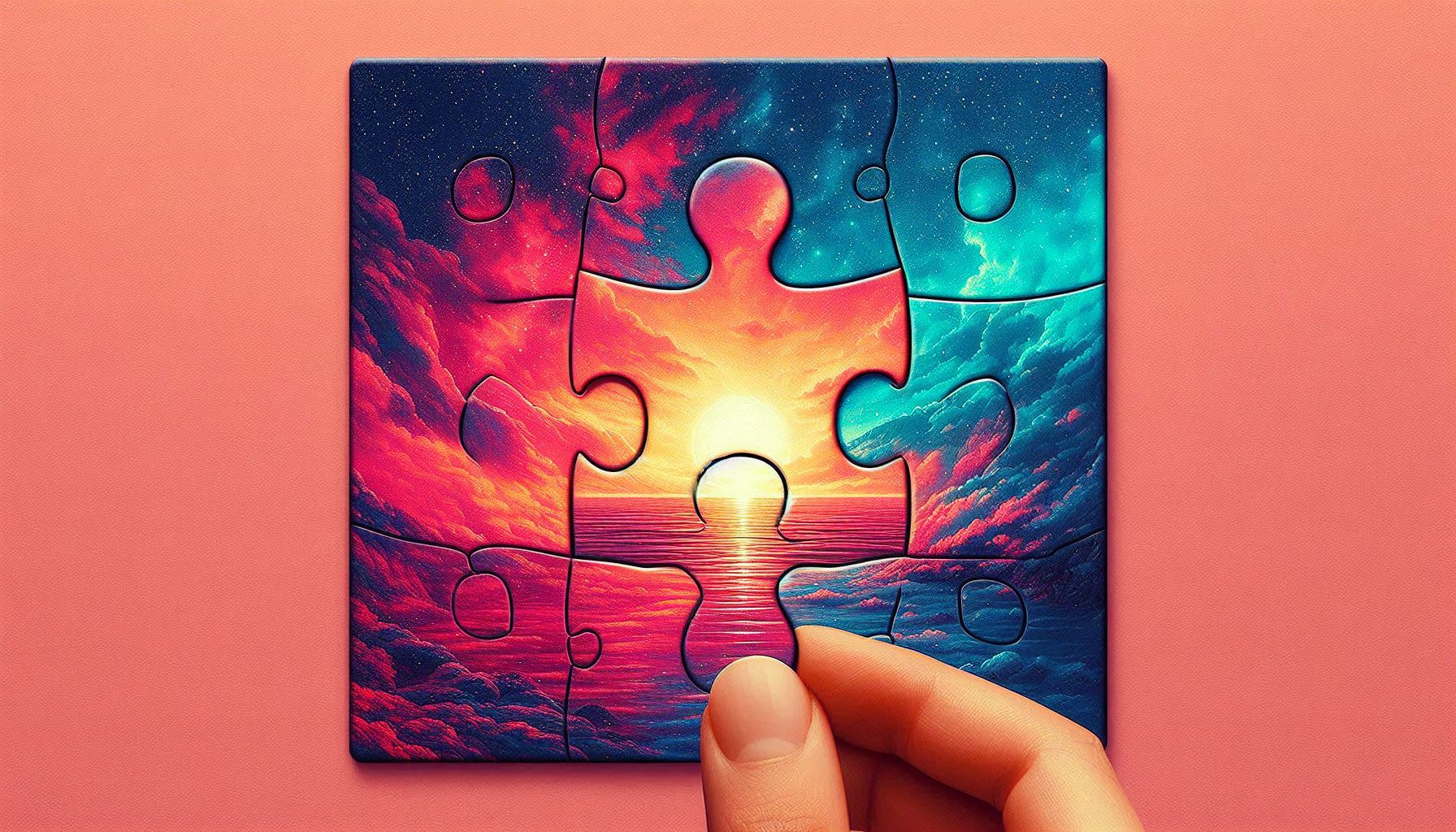
Puzzle Jigsaw: A Timeless Hobby for Relaxation, Creativity, and Mental Sharpness
Introduction
In a world dominated by screens and fast-paced entertainment, the humble puzzle jigsaw remains a beloved pastime for millions. Whether you’re piecing together a 100-piece beginner set or tackling a 5,000-piece masterpiece, jigsaw puzzles offer a unique blend of relaxation, challenge, and satisfaction. But why are jigsaw puzzles so enduringly popular, and how can they benefit your mental health, creativity, and social connections? This article dives into the history, benefits, and modern evolution of puzzle jigsaws, along with tips for beginners and enthusiasts alike.
The History of Jigsaw Puzzles
The jigsaw puzzle has a fascinating origin story:
-
18th Century Beginnings
-
In the 1760s, British cartographer John Spilsbury created the first jigsaw puzzle by mounting maps on wood and cutting them into pieces. These “dissected maps” were used as educational tools for children.
-
-
20th Century Popularity
-
Puzzles gained mass appeal during the Great Depression as affordable entertainment. Companies like Parker Brothers and Ravensburger began producing cardboard puzzles, making them accessible to all.
-
-
Modern Innovations
Why Jigsaw Puzzles Are Good for You
Beyond their nostalgic charm, jigsaw puzzles offer a host of benefits:
1. Mental Stimulation
-
Puzzles engage both sides of the brain, improving memory, problem-solving skills, and cognitive function. They’re especially beneficial for seniors looking to keep their minds sharp.
2. Stress Relief
-
The focused, repetitive nature of puzzle-solving can lower cortisol levels, promoting relaxation and mindfulness.
3. Improved Mood
-
Completing a puzzle releases dopamine, the “feel-good” neurotransmitter, boosting happiness and motivation.
4. Enhanced Creativity
-
Analyzing colors, patterns, and shapes stimulates the brain’s creative centers, making puzzles a great warm-up for artistic endeavors.
5. Social Connection
-
Working on a puzzle with family or friends fosters teamwork, communication, and bonding.
Types of Jigsaw Puzzles
The puzzle world has something for everyone:
-
Traditional Puzzles
-
Flat, interlocking pieces forming a single image. Sizes range from 50 to 50,000+ pieces.
-
-
3D Puzzles
-
Buildable models of landmarks, globes, or fictional structures like Hogwarts Castle.
-
-
Themed Puzzles
-
Images range from landscapes and animals to pop culture references (e.g., Star Wars, Harry Potter).
-
-
Custom Puzzles
-
Upload personal photos to create one-of-a-kind keepsakes.
-
-
Digital Puzzles
-
Apps and online platforms offer virtual puzzles with adjustable difficulty and themes.
-
How to Choose the Right Puzzle
Picking the perfect puzzle depends on your skill level and interests:
-
Beginners: Start with 100–300 pieces and simple images.
-
Intermediate: Try 500–1,000 pieces with moderate detail.
-
Advanced: Challenge yourself with 2,000+ pieces or intricate designs.
-
Kids: Opt for large, durable pieces with bright, engaging themes.
Pro Tip: Consider the puzzle’s material—cardboard is standard, but wood offers a premium feel.
Tips for Solving Jigsaw Puzzles
Struggling to piece it all together? These strategies can help:
-
Sort by Color and Pattern
-
Start with the Edges
-
Assemble the border first to create a framework.
-
-
Work in Sections
-
Focus on one area (e.g., the sky or a building) before connecting it to the rest.
-
-
Take Breaks
-
Stepping away can provide fresh perspective and prevent frustration.
-
-
Use a Puzzle Mat
-
Roll up unfinished puzzles to save space and avoid losing pieces.
-
The Rise of Digital Jigsaw Puzzles
While traditional puzzles remain popular, digital versions are gaining traction:
-
Convenience
-
Play on your phone, tablet, or computer without worrying about lost pieces.
-
-
Endless Variety
-
Apps like Jigsaw Puzzle Epic and Magic Jigsaw Puzzles offer thousands of images and daily challenges.
-
-
Social Features
-
Compete with friends or join online communities to share tips and achievements.
-
Did You Know? Some digital puzzles even include animations and sound effects for added immersion.
Jigsaw Puzzles as a Social Activity
Puzzles aren’t just a solo endeavor—they’re a fantastic group activity:
-
Family Bonding
-
Gather around the table for a shared project that all ages can enjoy.
-
-
Team Building
-
Companies use puzzles to foster collaboration and problem-solving among employees.
-
-
Community Events
FAQs About Jigsaw Puzzles
Q: How long does it take to complete a puzzle?
A: It depends on the size and complexity. A 500-piece puzzle might take 3–5 hours, while a 5,000-piece puzzle could take weeks.
Q: What should I do with completed puzzles?
A: Frame them as art, donate them, or disassemble and reuse.
Q: Are puzzles good for kids?
A: Absolutely! They improve fine motor skills, patience, and spatial awareness.
The Future of Jigsaw Puzzles
As technology evolves, so do puzzles:
-
Augmented Reality (AR): Overlay digital elements onto physical puzzles for interactive experiences.
-
Eco-Friendly Materials: Sustainable, biodegradable options are becoming more common.
-
AI-Generated Designs: Custom puzzles created by artificial intelligence based on your preferences.
Conclusion
Jigsaw puzzles are more than just a pastime—they’re a gateway to relaxation, creativity, and connection. Whether you’re a seasoned puzzler or a curious beginner, there’s a puzzle out there waiting for you. So grab a cup of tea, clear a table, and let the pieces guide you to a world of calm and accomplishment.
Ready to start your next puzzle adventure? Explore our recommended puzzles and join the global community of jigsaw enthusiasts today!
SEO Optimization Notes:
-
Primary Keyword: “Puzzle jigsaw” in title, headers, and body.
-
Secondary Keywords: “Benefits of jigsaw puzzles,” “types of jigsaw puzzles,” “how to solve jigsaw puzzles.”
-
Readability: Short paragraphs, bullet points, and subheaders enhance engagement.
-
Engagement: Tips, FAQs, and calls to action encourage interaction.
-
Links: Mention apps and brands for added value.
This article combines historical context, practical advice, and modern trends to appeal to both casual readers and puzzle enthusiasts, ensuring high SEO performance and reader satisfaction.








Leave a Reply